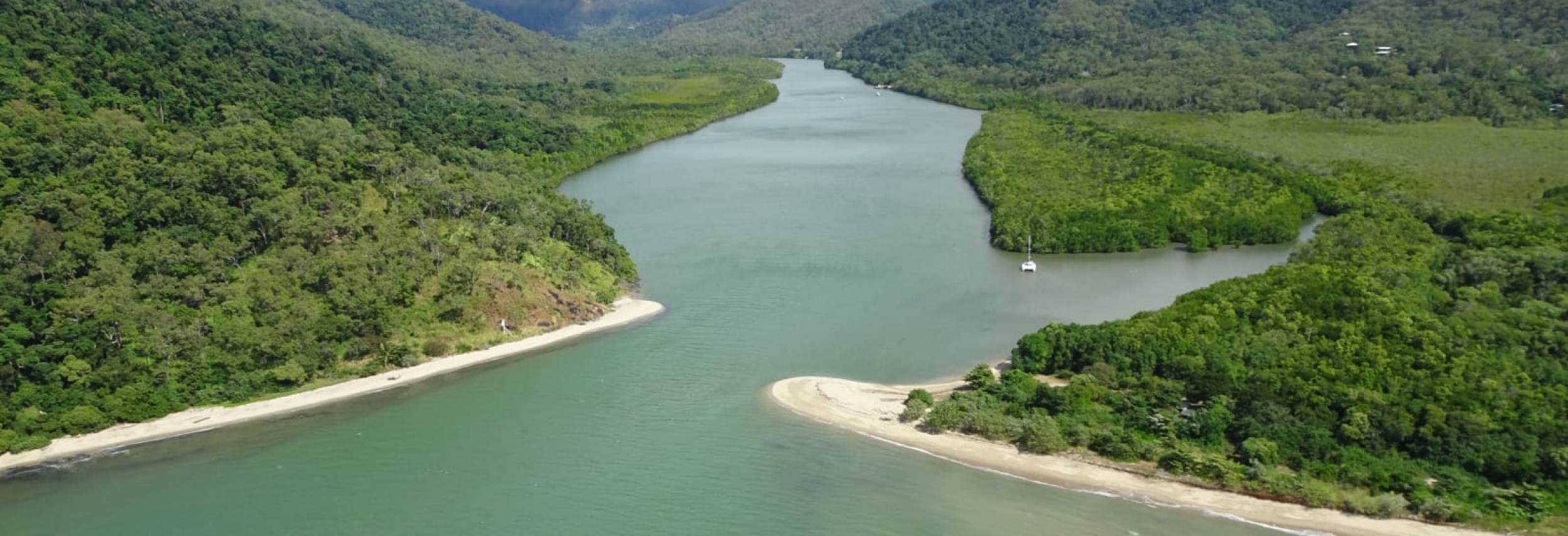
Protecting Wetlands for the Future
Why protect Tidal Wetlands?
Rich in biodiversity, wetlands provide habitat for rare bird and reptile species, drawing tourism dollars from around the world. Wetlands provide habitat and nursery grounds to countless species of commercially important fish, both for tourism and fisheries.
Furthermore, wetlands act like kidneys of the Earth, trapping sediment and pollutants running off from the land, playing a significant role in protecting seagrass beds and reefs from nutrient overloads.
Wetlands also protect shoreline erosion, acting as natural infrastructure to storms and other disasters, such as floods, cyclones and tsunamis, providing the same benefits of traditional man-made infrastructure at a much lower investment and maintenance cost.
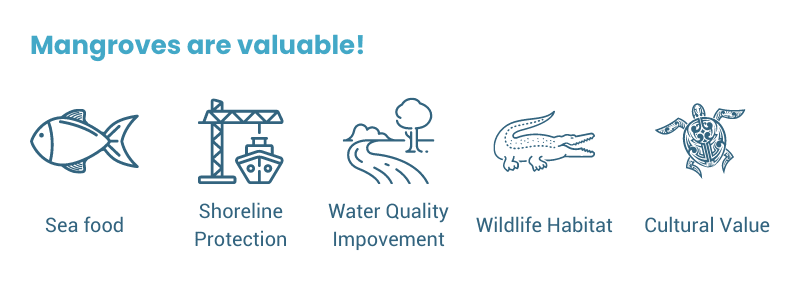
Our Work Protecting Tidal Wetlands
In partnership with MangroveWatch, our 'Protecting Wetlands For The Future' initiative focusses on the restoration and conservation of coastal ecosystems. To support this program, we equip citizen scientists and Indigenous Rangers with the knowledge and resources needed to monitor the condition and health of wetlands and protect these unique ecosystems.
As a part of our Protecting Wetlands For The Future program, we completed two case studies which summarised our impact.
Inspiring the next generation of mangrove champions
Where our student and teachers completed mangrove and saltmarsh condition assessments and biomass measurements across four GBR regions; Cairns, Mackay, North Keppel Island and Gladstone.
Driving change with citizen data
Where we contributed to the Australian National Greenhouse Accounts and informed a new "Blue Carbon" Emissions Reduction Fund (ERF) method.
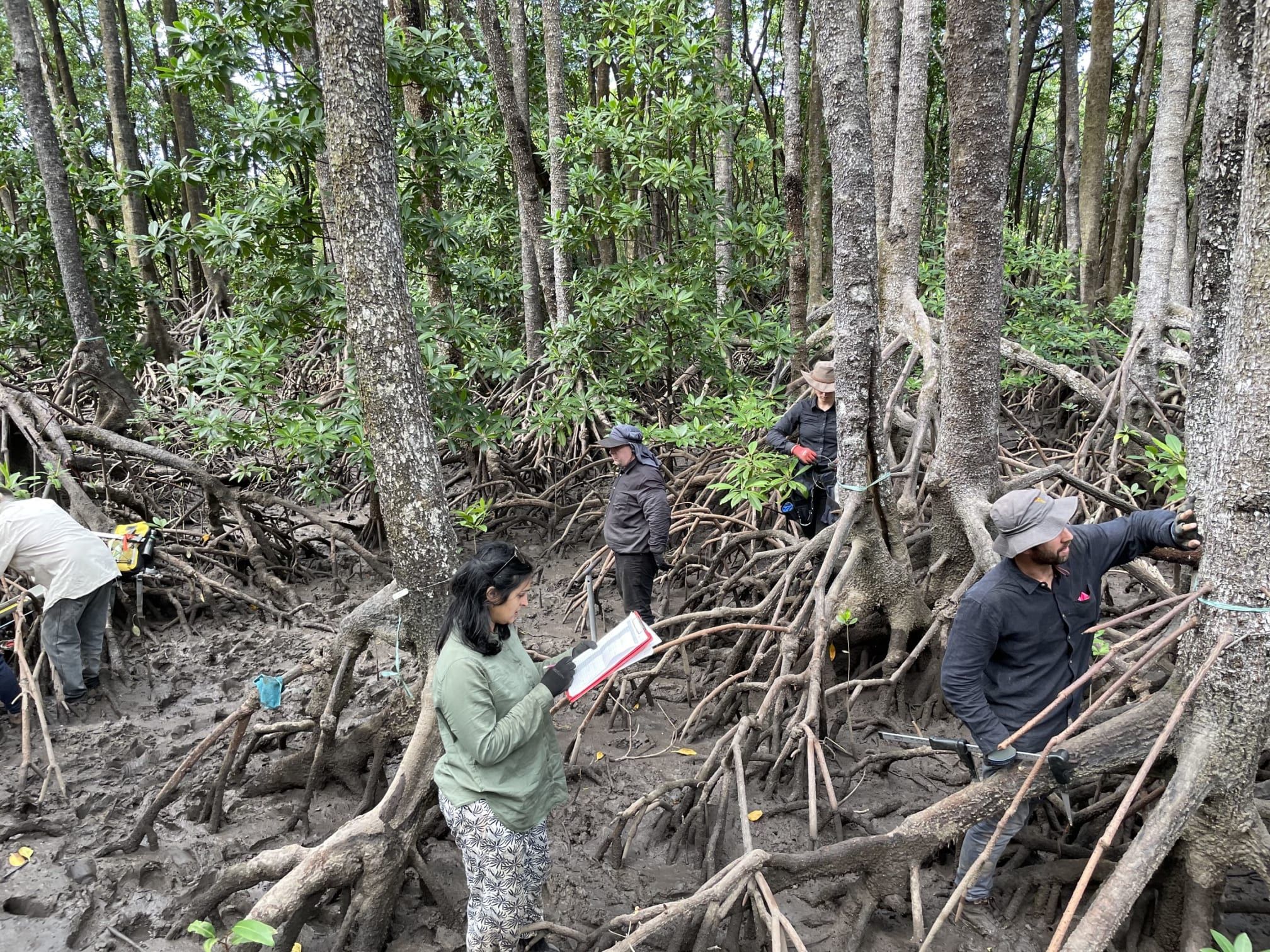
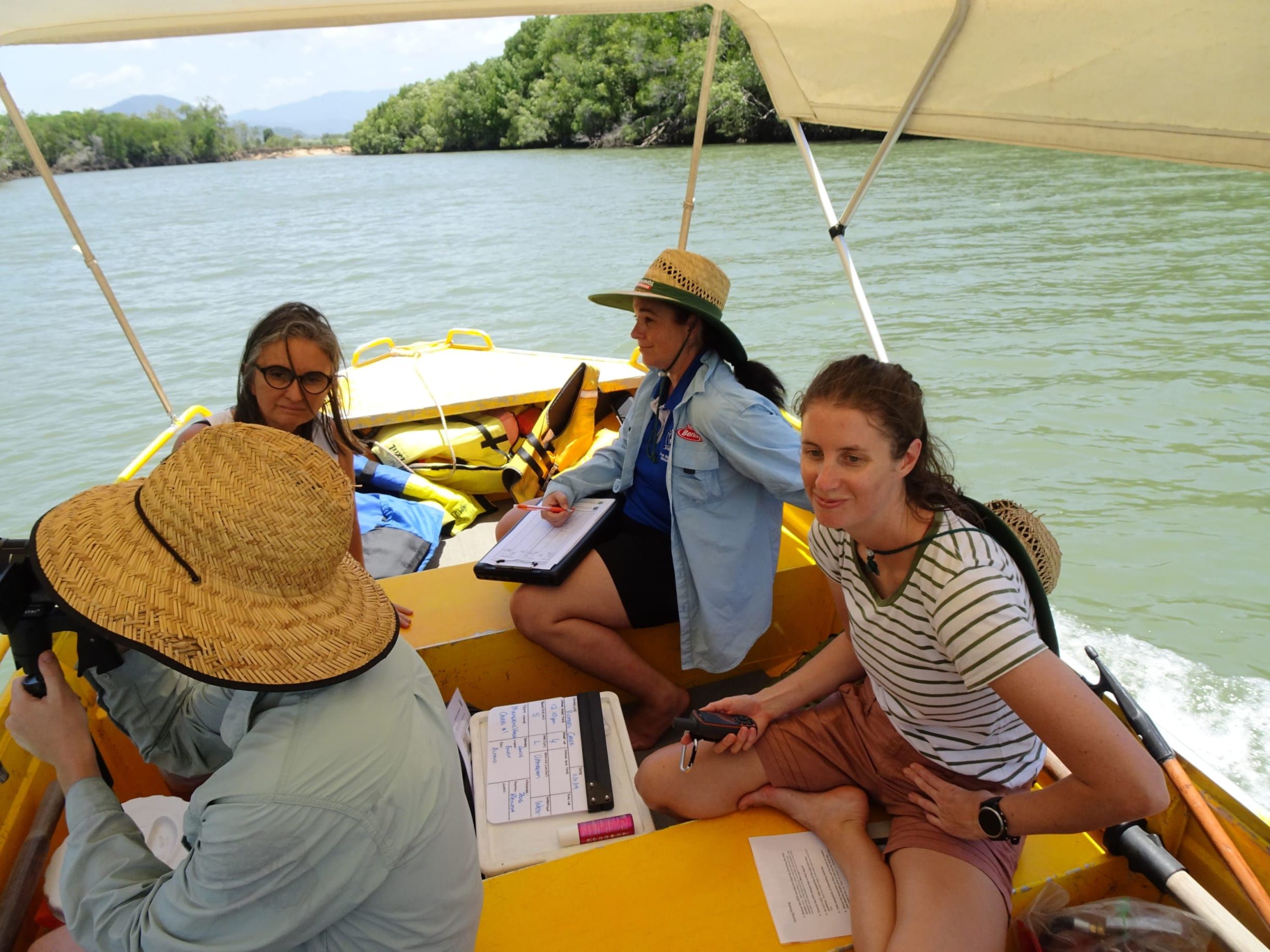
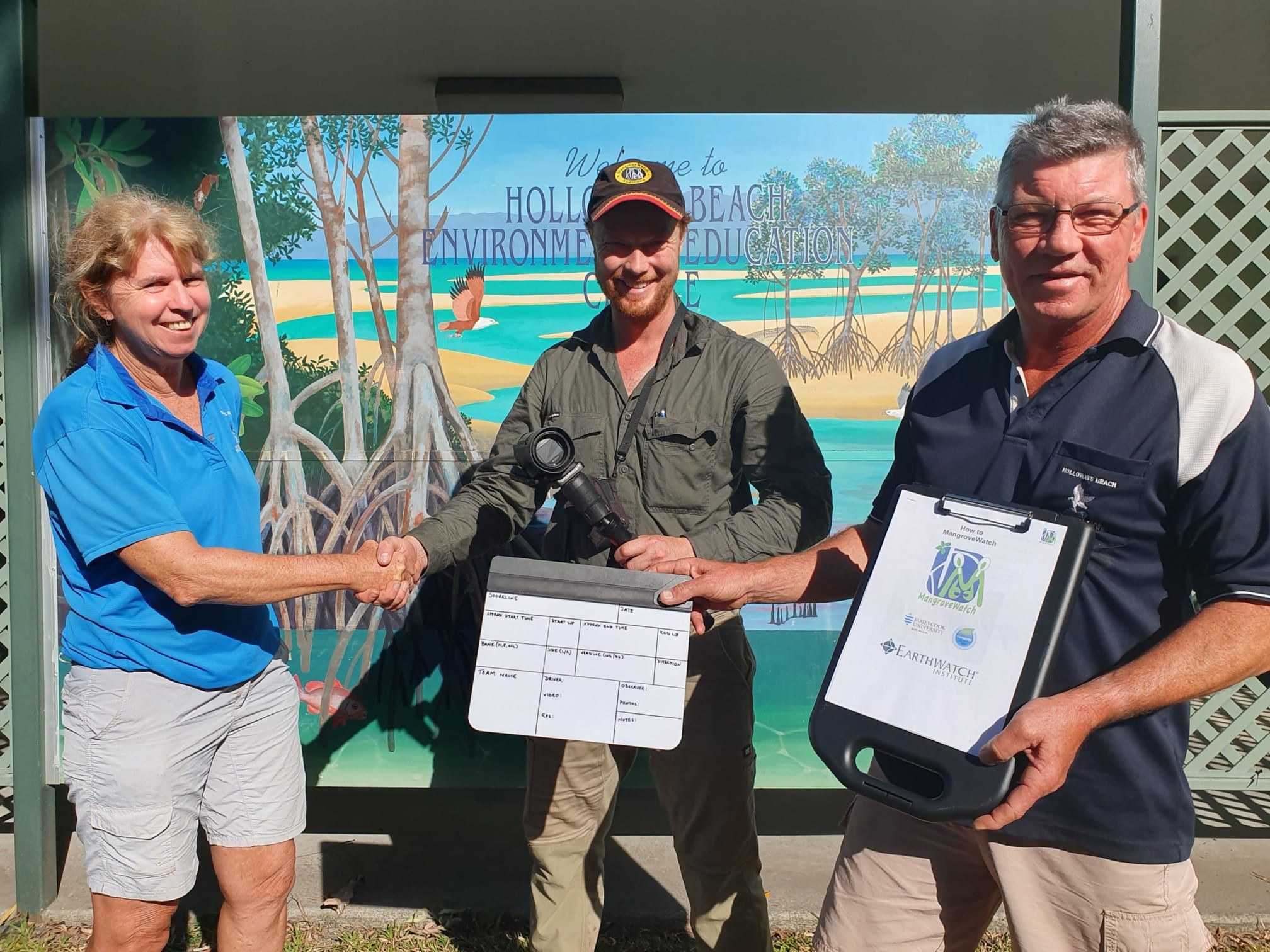
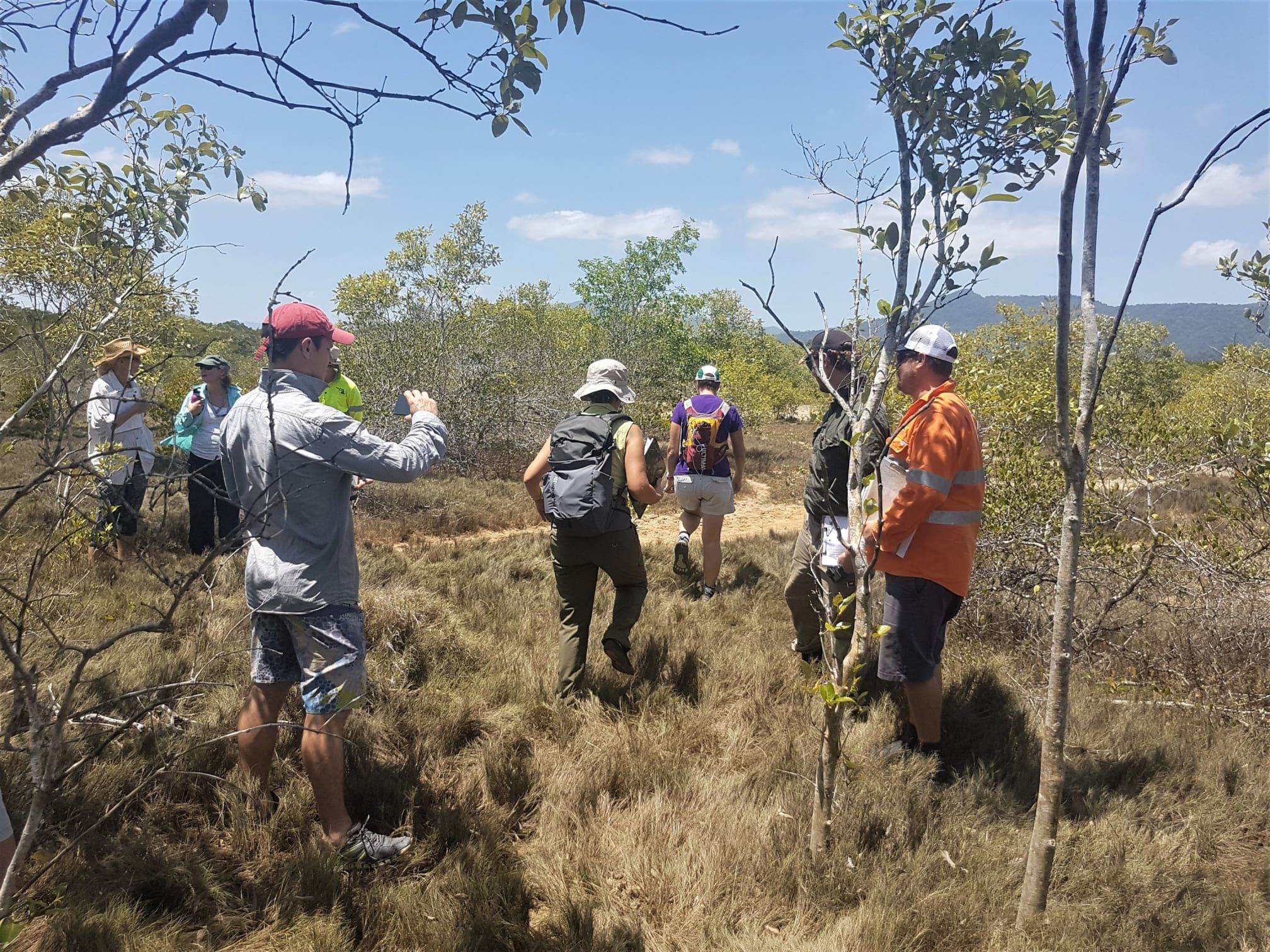
The Protecting Wetlands for the Future Project is funded by the partnership between the Australian Government’s Reef Trust and the Great Barrier Reef Foundation.


